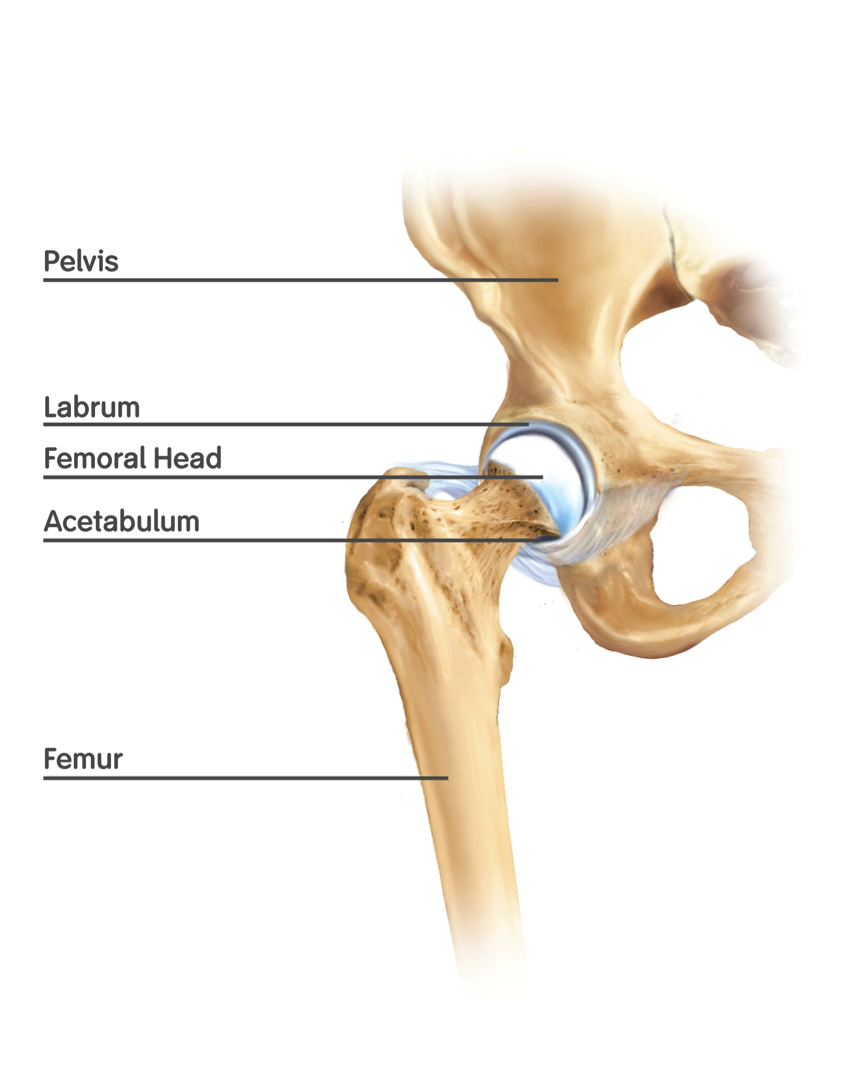Hip impingement syndrome, or femoroacetabular impingement (FAI), can be a painful condition that results from too much friction between bones in the hip joint. In a normal hip, the thighbone (femur) fits into a concave section of the pelvis (acetabulum) like a ball-and-socket, and a soft tissue called articular cartilage lines the two surfaces and helps them glide smoothly. FAI arises when small bony projections (bone spurs) develop along either the femur or acetabulum, causing these bones to rub against each other directly without protection.
Strangely, some people have FAI their entire lives and aren’t affected by it, while others will notice the symptoms (pain or stiffness in their groin or outside of the hip), especially during turning, twisting or squatting motions. If identified regularly over time, these symptoms usually indicate hip damage that will likely progress, and it’s imperative that you modify your activities and/or seek advice from a medical professional.
Unfortunately, FAI does not heal on its own; however, it’s entirely possible to manage FAI with certain strategies and prevent further complications like labral tears. Labral tears occur in the labrum, a piece of cartilage that can be seen as the gasket of the acetabulum that holds the femur tightly in place. Symptoms are similar for the two conditions and labral tears can often be caused when FAI worsens, but may also develop through repetitive motion in sports like hockey, golf and soccer, or as the result of a single injury to that area.
Due to their common characteristics, treatment for both conditions is generally similar:
- Try to identify the source of the problem and lay off that activity until pain subsides
- Conservative treatment, particularly physical therapy, is considered the best initial course of action, with exercises designed to improve range of motion and strengthen muscles in that area
- Though many cases will improve with conservative treatment alone, in extreme situations when pain persists, surgery is sometimes recommended
If you happen to experience any hip pain and suspect FAI or a labral tear, please see your physical therapist at Dynamic Sports Physical Therapy in New York City. We will find what works for you, such as Active Release Techniques and hip strengthening exercises to tend to the problem and avoid further complications.

